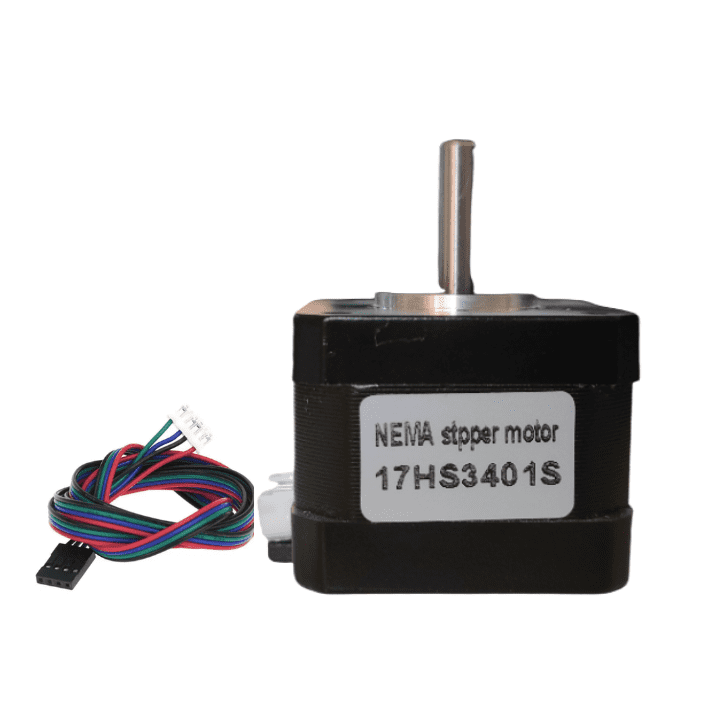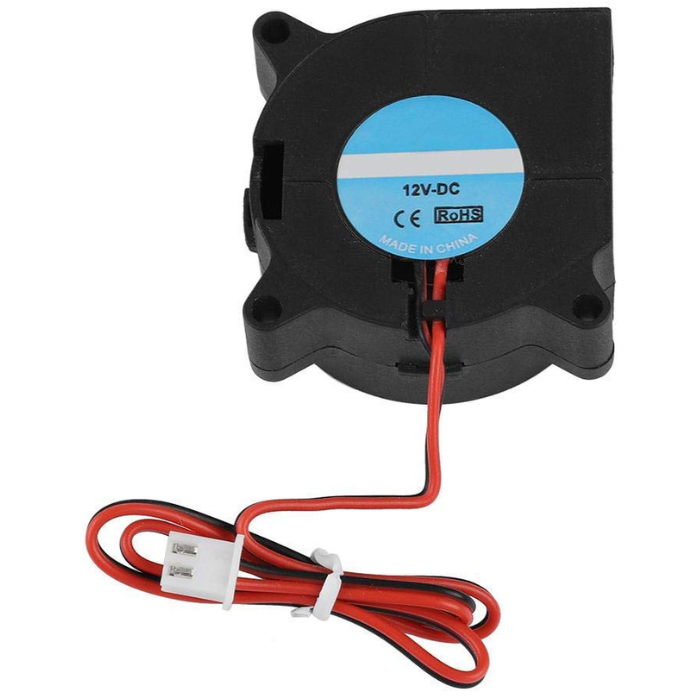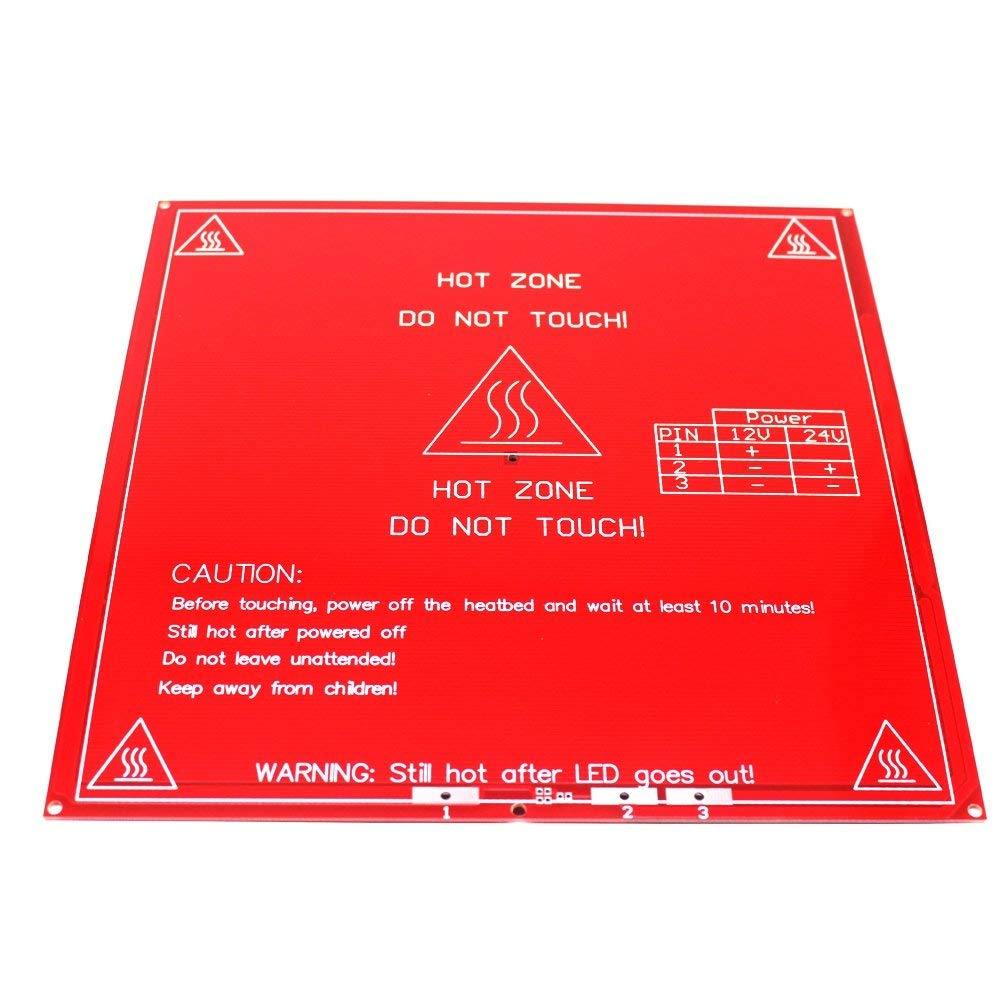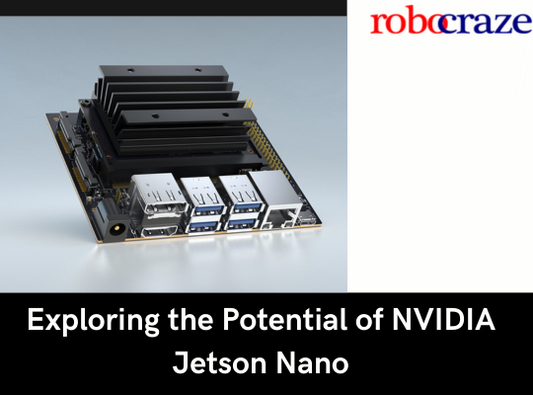What are the types of 3d printers
3D printing has become an increasingly popular technology in recent years due to its ability to produce highly detailed objects quickly without having prior knowledge or expertise when it comes to fabrication complexities involved in traditional manufacturing processes like machining or molding. In this blog post, we'll explore three main subtypes of 3D printers - Fused Deposition Modelling (FDM), Stereolithography Apparatus(SLA) and Selective Laser Sintering (SLS). We will look at each type's advantages and disadvantages as well as how these various technologies can be used for applications' unique needs such as prototyping parts for hospitals inventors industrial designers educational institutions etcetera.
Additionally, by knowing which type best suits your requirement you would able to save time money effort while also ensuring utmost accuracy and perfect quality during production phases whether small scale large-scale projects from concept through actual physical implementation.
read more : 5 Tips to Start Designing with your 3D Printer
Fused Deposition Modeling (FDM)
Fused Deposition Modeling (FDM) is a 3D printing technology used for producing high-quality, detailed parts and prototypes in both professional and consumer markets. FDM uses thermoplastic materials like ABS, PLA or TPU that are heated to their melting point before being extruded through a nozzle onto the print bed layer by layer until the part is complete.
This enables faster turnaround times for complex designs while allowing you to create intricate details with greater accuracy than traditional manufacturing methods such as CNC machining would allow. Furthermore, it's one of the most cost effective 3D technologies on the market due to its use of inexpensive off-the-shelf plastics instead of more expensive industrial grade resins which can often be multiple times more costly per gram when comparing additive vs subtractive techniques.
As if this wasn't enough incentive already, FDM also offers users an array of post processing opportunities such as painting/coating along with non standard finishes that help further customize each design into something truly unique!

Advantages
- Fused Deposition Modeling (FDM) 3d printers are cost-effective and require minimal setup time, making them an attractive option for small businesses with tight budgets.
- Their ease of use also makes them suitable even for users who don't have any technical knowledge about the process involved in 3D printing technology.
- They offer a wide variety of materials that can be used to create complex structures such as tools, prototypes, medical devices and other objects made from plastics or metals with great precision and accuracy using layers which then combine together upon cooling after being deposited one layer at a time into the shape desired by user-defined instruction sets provided via software systems either on the device itself or connected externally based on its capabilities.
- Due to their low operational costs associated with electricity consumption due to their reliance largely on mechanical processes instead of chemical ones, it is much more affordable compared to traditional manufacturing techniques like injection molding commonly us when creating large-scale products requiring detailed features not necessarily available through CNC machining operations
- Unlike most industrial production methods where parts produced may vary depending on physical conditions during operation; FDM introduces highly repeatable prints thanks to optimized hardware mechanisms ensuring consistency between each print regardless number of times the same part has been replicated without sacrificing quality results achieved first instance day model initially created.
Disadvantages
- Cost: FDM 3D printers usually cost more upfront than other types of 3D printing technologies, such as selective laser sintering (SLS) or material extrusion (ME).
- Material Limitations: Currently, FDM can only print with materials that have a low melting point and are thermoplastics rather than metal alloys or ceramics; thus limiting the type of objects one can create using this method.
- Layer Visibility: Due to its layer-by-layer deposition technique, some visible seam lines may be seen in the finished product if it is printed at too high a resolution for the model geometry size and complexity being produced.
- Time Consuming: It typically takes longer to produce an item on an FDM printer compared to other additive manufacturing methods due to its slow build speed which affects production time significantly; particularly when intricate details need to be recreated several times over during post-processing stages for accuracy purposes.
Applications
- FDM 3D printers can be used to create models, prototypes and production parts for a variety of engineering applications including automotive design, aerospace modelling and industrial equipment development.
- With an FDM printer, it is possible to manufacture tooling fixtures such as jigs or stops which enable dimensional accuracy during manufacturing processes in the assembly line environment where precision is necessary when dealing with complex components.
- In various medical fields like the orthotics & prosthetics (O&P) sector customized implants are created using filament-based technologies such as fused deposition modelling – enabling some of today’s most advanced patient-specific measures available on the market for use by healthcare professionals throughout hospitals worldwide.
- The intricate complexity achievable with this technology allows engineers from different industries -from aerospace all the way through consumer electronics--to replace prototyping methods that traditionally take days or weeks into just hours instead while still meeting their rigorous product requirements specifications before entering into full mass production stages. In short: Fused Deposition Modeling enables unparalleled fabrication speeds far outpacing traditional laser cutting systems combined within one process only requiring minimal post-processing techniques afterwards due to its already integrated layer build features providing remarkable strength additively manufactured end products!
read more : How to Build a 3d Printer
SLA 3D printing
Stereolithography, also known as SLA 3D printing, is a cutting-edge manufacturing technology used to create highly accurate and complex parts. It works by using light energy to slowly build up the material layer-by-layer according to an engineered digital model acquired from Computer Aided Design (CAD) software.
The result is extremely precise parts made of various materials such as epoxy resin or nylon with smooth surfaces and intricate details that can't be achieved through traditional methods like injection molding or CNC machining. What's more - these custom parts are created quickly compared other production methods for small runs at competitive prices making it especially attractive for prototyping applications in automotive, aerospace, healthcare and many other industries where precision matters most. With fast turnaround times due largely its automation capabilities combined with advanced design freedom - no wonder why Stereolithography has been embraced so wholeheartedly since its invention four decades ago!

Advantages
- SLA 3D printing is cost-effective - businesses can produce complex parts quickly and economically, reducing the need for costly tooling and labour costs associated with traditional production methods.
- Finer resolution of details than other additive manufacturing technologies due to its high precision deposition process which produces extremely accurate results in terms of surface quality, intricate design elements or tight tolerances required by components such as electronic connectors and eyelets etc.
- Fast turnaround times when compared to conventional subtractive processes – no waiting on machining time for products that require complex shapes or profiles such as medical instruments or dental appliances etc.
- The material range available – allows users versatility when selecting materials from a choice between photopolymers specifically formulated for a wide variety of industries ranging from automotive engineering to visual effects within the film industry alongside standard resins ideal use architectural models, jewellery making right through rapid prototyping sectors amongst others relevant disciplines
- Large part formability is achievable thanks to powerful laser optics allowing large size patterns complete formation quite viable using Stereolithography technology.
- Great material strength qualities given post curing stages undergone after prints completed enabling the product to stronger than competing industrial competitors offering similar services
- Easily scaled-up capabilities affording greater volume outputs without compromising accuracy unlike current alternative solutions available out there.
Disadvantages
- Slow Printing Speed: 3D printing using SLA technology typically produces slower print speeds than more common desktop FDM printers, reducing production capabilities for businesses needing to output tens or hundreds of parts on a short timeline.
- Smaller Print Volume and Resolution Capabilities: Professional SLA-based systems tend to have smaller build volumes than those offered with higher budget FDM options, limiting the size of larger projects that can be produced cost-effectively at scale without multiple machines producing concurrently. Additionally, resolution levels aren’t as fine compared to some FFF alternatives so complex geometry might require turning down sharp edges or features within your designs in order to achieve desired results in printer settings/parameters that may not allow for increased resolution when necessary.
- Costs Involved: The costs associated with acquiring an industrial quality professional level 3D printer are significantly greater money upfront than similarly featured entry-level products like starter kits based around fused filament fabrication (FFF) “desktop models which use plastic filaments fed by spooled coils etc., making it less attractive from a financial perspective particularly if you don't need extreme precision or other unique benefits from this kind of product given its particular technological limitations & general applications presently available, etc,.
Applications
- SLA 3D printing is an ideal technology for producing complex parts with tight tolerances and intricate details, making it suitable for a wide range of applications across multiple industries.
- SLA can be used to create conceptual models quickly and efficiently including prototypes or scale models.
- Manufacturers are able to optimize production cycles by leveraging the fast turn-around times associated with this type of 3D Printing process while reducing material costs greatly at the same time thanks to its cost-effective materials sets.
- It has become increasingly popular in healthcare due to its superior accuracy levels which enable precision medical appliances that require consistent repeatabilities such as hearing aids, dental splints, orthotics or prosthetics among other items.
- SLA’s excellent surface finish makes it perfect for products like customized phone cases where logos & text must remain sharp without any blurriness even over thin lines.
- Due mainly because they possess greater strength than FDM printed objects; many customers choose SLA when creating end-use components.
- The ability -including support structures--to construct large pieces using small layers drastically speeds up engineering testing requirements.
Selective laser sintering (SLS)
Selective laser sintering (SLS) 3D printers are becoming increasingly popular in professional and commercial applications. By using precision lasers, these powerful machines can create complex objects out of a range of materials including metals, plastics, waxes, ceramics and even glass or carbon fiber.
The ability to produce strong intricate parts allows manufacturers to rapidly prototype or quickly adapt existing designs with the perfect level of detail that no other technology can match. Furthermore SLS printing requires minimal post-processing as it’s already heat treated during production which makes them extremely versatile for businesses looking for reliable prototyping capabilities without sacrificing quality control in their final product run times.
One advantage over traditional manufacturing techniques is that additive processes like selective laser sintering allow the same design file to be used from initiation through completion - making updating products much faster than ever before all while increasing efficiency by reducing material consumption waste significantly compared older methods such as injection moldings . Overall this new era of tech offers professionals an unprecedented freedom when developing custom solutions allowing users more creative options than ever before!

Advantages
- Cost-effective – with low running costs, materials cost savings and reduced wastage when compared to traditional manufacturing processes;
- Efficiency - production times can be significantly increased due to faster printing speeds;
- Accuracy - high levels of accuracy achieved thanks to tight tolerances resulting from precise vertical layer buildup;
- Versatile - suitable for producing complex geometries not achievable using other methods such as injection moulding or machining;
- Flexible – compatible with several different materials including metals, plastics and ceramics allowing you to create highly detailed parts exactly how they were designed without compromising on quality during post-processing operations like sandblasting or painting etc.;
- Scalability– capacity can be upgraded easily if needed by adding more printers which enables upscaling your business with minimal expenditure while also preserving its profitability margins even at larger scales.
Disadvantages
- Limited range of materials: SLS 3D Printers are only compatible with certain types of powdered plastics, nylon, and metal alloys which can limit outer-object application options in the professional world.
- Low surface finish quality: The powder used for polymer sintering has a tendency to leave an inconsistent layer on object surfaces which can affect the level of detail needed for some professionals or objects that require exact dimensions and shapes after printing is complete.
- Expensive hardware costs: Investing in an SLS 3D printer requires significant funds compared to other methods such as extrusion-based systems since high temperatures need regulating along with multiple individual modules needing replacing over time leading to further expenditure down the line if not taken into consideration when budgeting initially before purchase respectively.
Applications
- Rapid Prototyping: SLS 3D printers are great for quickly creating prototypes with high accuracy and dimensional stability at a low cost.
- End-use part production: They can easily manufacture complex components from strong, durable materials such as Nylon 11 or Polyamide 12 suitable for end-use parts in various industrial applications like aerospace engineering, tool making and medical device manufacturing among others.
- Complex geometries fabrication: As one of the most accurate additive technologies available today it’s ideal to fabricate detailed objects that have overhangs, and hollowed features without requiring external support structures traditionally needed by other printing processes due to its layer-by-layer selective method which saves time & money while achieving desired results every time you print!
- Multi-material printing: Its ability to process multiple powders simultaneously allows users to combine several polymers like PA12 / ELASTOMERS (TPE/TPU) into single builds giving freedom from traditional limitations of component design thus providing product designers more options than before when designing their products!
- Cost savings on multiple piece production: It is an economic way of producing small batch quantity items since the powder used up during sintering is recoverable even after long periods helping reduce overall expenditure compared to manual labour-intensive methods usually employed in assembling systems otherwise required by injection moulding procedure which has higher setup costs generally associated with large volume orders only!
read more : 3D Printing Basics: A Beginner's Guide
Conclusion:
The world of 3D printing is a fascinating realm where innovation knows no bounds. We've explored three of the most prominent types of 3D printers: Fused Deposition Modeling (FDM), SLA 3D printing, and Selective Laser Sintering (SLS). Each of these technologies brings its unique strengths to the table, from affordability and versatility to precision and durability. As the 3D printing landscape continues to evolve, the possibilities are endless. Whether you're a hobbyist, a designer, or an industry professional, there's a 3D printer out there waiting to bring your ideas to life. Dive into the world of 3D printing and watch your imagination take shape!
If you appreciate our work don't forget to share this post and leave your opinion in the comment box.
Please do check out other blog posts about Popular electronics
Make sure you check out our wide range of products and collections (we offer some exciting deals!)




















